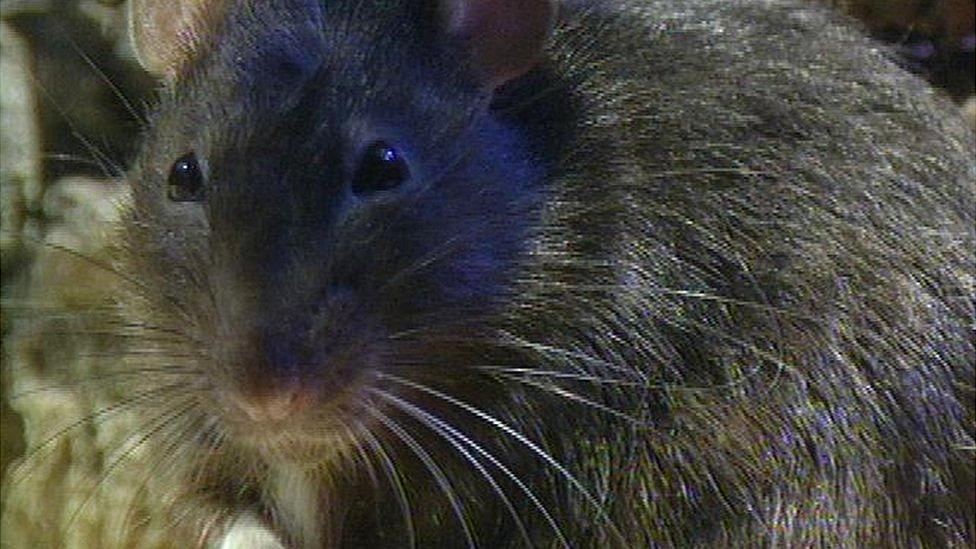Manx Shearwater hopes after Isle of Man rat cull
- Published
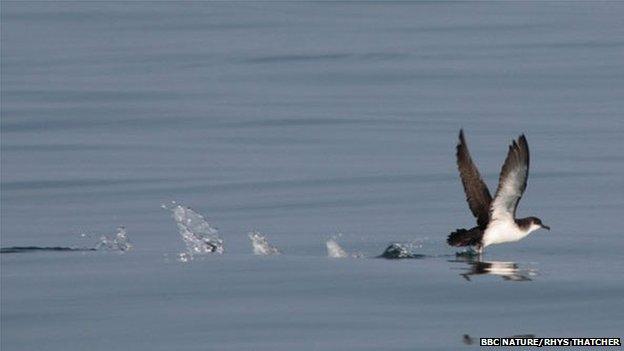
MNH said Manx shearwaters became extinct on the Calf of Man after the arrival of Brown Rats in the late 1700s
A rat cull on an islet near the Isle of Man is thought to have led to a significant rise in the number of Manx Shearwaters.
A survey by Manx National Heritage (MNH) estimates a 22% rise in nesting birds since last year.
MNH spokeswoman Kate Hawkins said the number of occupied burrows has grown from 342 in 2013 to 424.
"Several more years of survey are needed to confirm that the shearwater population is recovering," she added.
MNH, which owns the Calf of Man, announced plans to eradicate the islet of rats in 2012, to help provide a safe environment for nesting seabirds.
The project cost about £48,000 and involved laying an intricate grid of traps for the rats- natural predators of nesting birds and eggs.

The Calf of Man, which is approximately one square mile, is a bird observatory and is situated about half a mile (0.8km) from the south west of the Manx coast
It was supported by the Manx Wildlife Trust, the RSPB, the Manx government and a number of volunteers from the Isle of Man.
"It will be some time yet before rat-free status can be announced," continued Ms Hawkins.
"We ask everyone who visits the Calf, particularly boat owners, to be extra vigilant for signs of rats and to make sure that cargo and fishing equipment is checked for stowaways before setting out for the island."
In September, conservationists reported the first Manx Shearwaters chicks being born on the Isles of Scilly in living memory following a similar cull of the rat population on St Agnes.
- Published22 September 2014

- Published9 June 2014
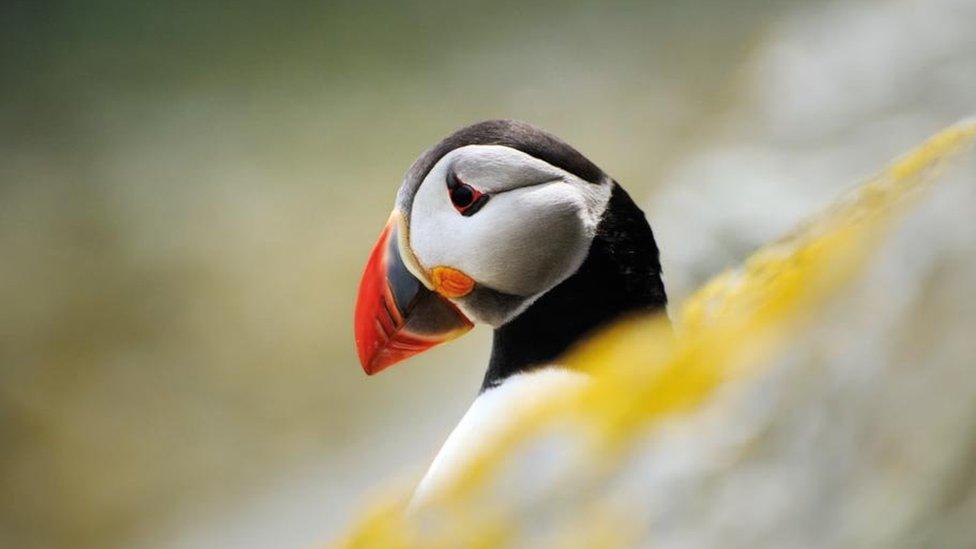
- Published8 November 2013
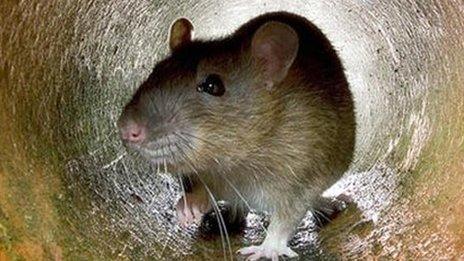
- Published30 July 2013

- Published9 March 2012
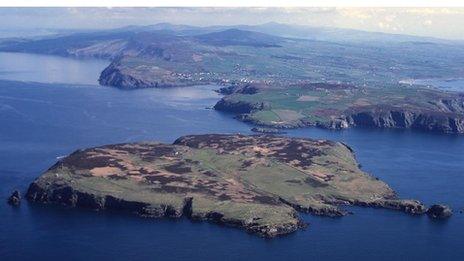
- Published2 October 2012
